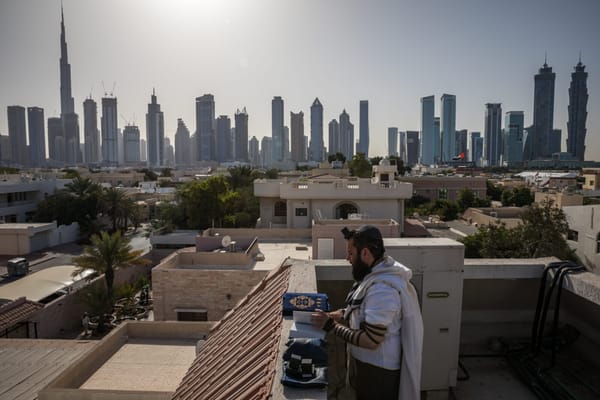Stifling Democracy Within Palestinian Unions
In well-furbished offices overlooking downtown Nablus, Shahir Sa'd, General Secretary of the Palestinian General Federation of Trade Unions (PGFTU) sells his vision of the post-Oslo labor movement. "With the return of the Palestinian Authority (PA) we could concentrate on workers' issues, rather tha









